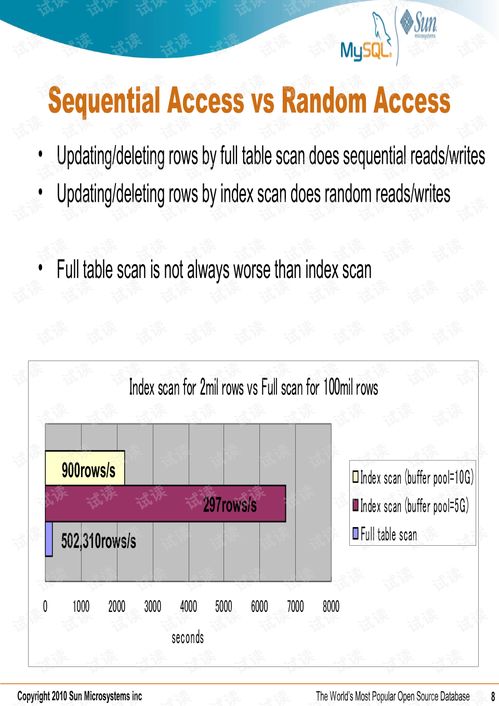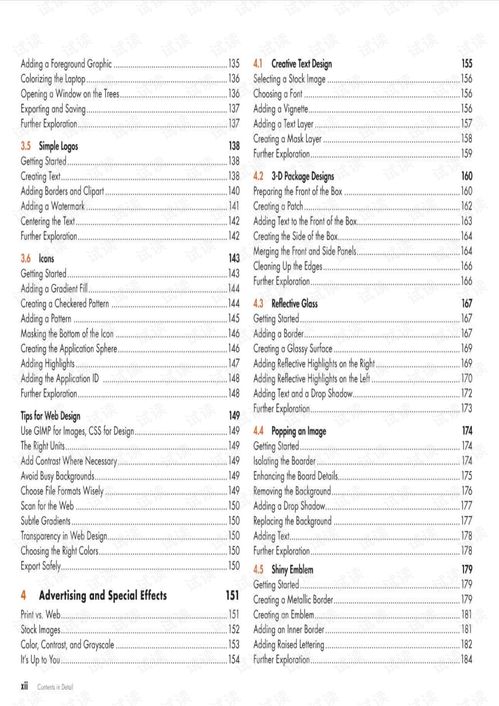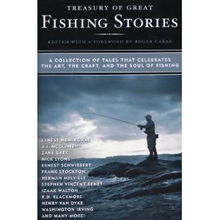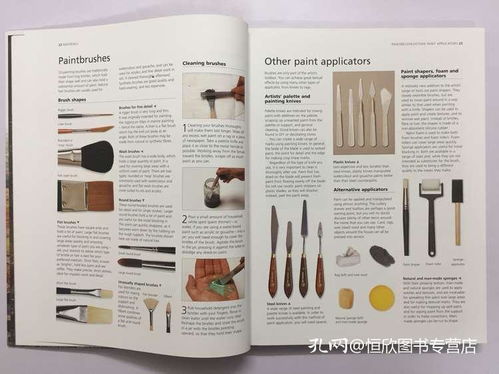Content:
Embarking on the exciting world of fly fishing can be both thrilling and daunting for beginners. One of the fundamental aspects of this sport is selecting the right fly line and leader. The choice of your fly line and leader can significantly impact your fishing experience, from casting ease to fly presentation. In this article, we'll delve into the nuances of choosing the perfect fly line and leader for beginners, ensuring that you hit the water with confidence.
Understanding Fly Lines
A fly line is the backbone of your fly fishing setup. It is designed to cast your fly and leader, which in turn presents the fly to the fish. Here are some key points to consider when selecting a fly line:
Line Weight: Fly lines are categorized by weight, which corresponds to the weight of the fly rod they are designed to be paired with. For beginners, it's advisable to start with a lighter line weight, typically 3 to 5 weights. This range allows for ease of casting and is versatile enough for various fishing conditions.
Line Type: There are several types of fly lines, including floating, sinking, and intermediate. For beginners, a floating line is the most practical choice. It allows you to fish on the surface and in the water column, providing a wide range of fishing options.
Taper: The taper of a fly line refers to the gradual thinning from the thickest part at the tip to the thinnest part at the back end. A weight-forward taper is ideal for beginners as it provides a longer casting distance and easier turnover of the fly.
Color: While color doesn't directly affect performance, a bright or neon-colored line can be beneficial for beginners, as it makes it easier to see the line during casting and retrieves.
Choosing the Right Leader
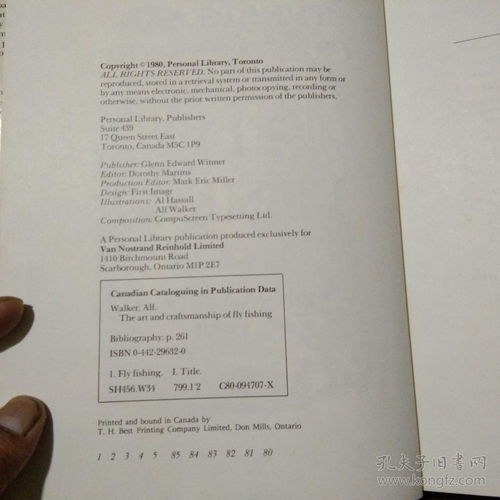
A leader is a section of monofilament or fluorocarbon line that connects the fly line to the fly. It plays a crucial role in fly presentation and plays a few key roles:
Leader Length: The standard leader length for most freshwater fishing is around 9 to 12 feet. This length allows for a natural presentation of the fly and provides enough line to handle fish that may break off on the leader.
Leader Material: The material of the leader is as important as its length. For beginners, a monofilament leader is a good starting point. It's forgiving, easy to work with, and provides a good balance between strength and flexibility. Fluorocarbon leaders are also a popular choice due to their lower visibility in the water, which can be advantageous in clear conditions.
Tippet Size: The tippet is the thinnest part of the leader and is typically the last 18 to 24 inches. The size of the tippet is determined by the type of fly you're using and the size of the fish you expect to catch. A general rule of thumb is to match the tippet size to the fly size, with larger flies requiring a thicker tippet.
Putting It All Together
Now that you understand the basics of fly lines and leaders, here's how to put it all together:
Select a Fly Line: Choose a floating line with a weight-forward taper that matches your rod's weight. For beginners, a 4-weight line is a versatile choice for most freshwater fishing situations.
Attach the Leader: Connect the fly line to the leader using a loop-to-loop knot or an improved clinch knot. Ensure that the loop on the fly line is the same size as the loop on the leader's end.
Add the Tippet: Attach the tippet to the leader using a blood knot or a double surgeons knot. Trim any excess line and make sure the knot is secure.
Practice Casting: Before heading out to the water, practice casting in an open space. This will help you get a feel for the weight of the line and leader, and improve your casting technique.
Conclusion
Selecting the right fly line and leader is an essential step in your fly fishing journey. By understanding the different types of lines and leaders, and how they affect your fishing experience, you'll be better equipped to tackle a variety of fishing scenarios. Remember, the key to success as a beginner is to start with the basics and gradually refine your skills. Happy fishing!

